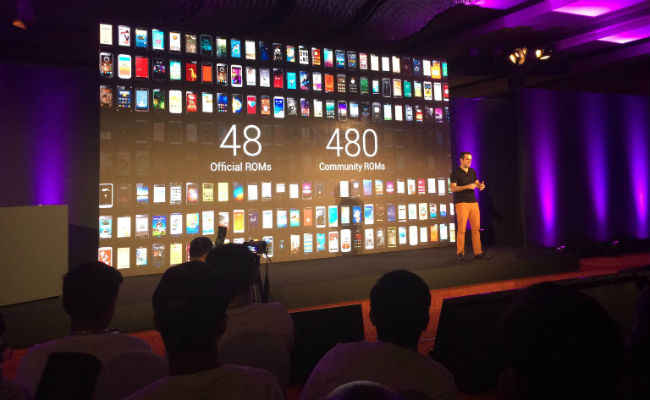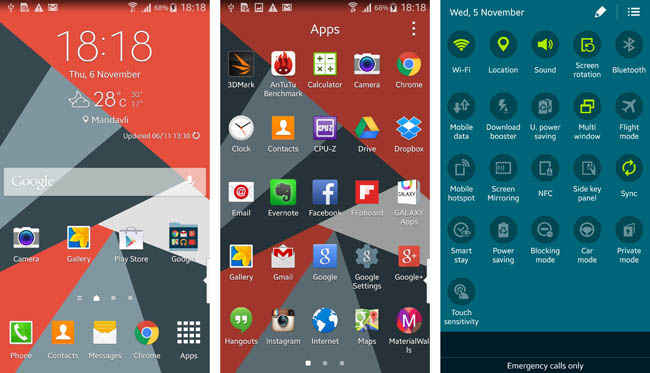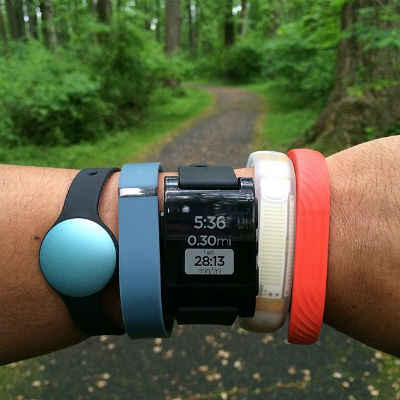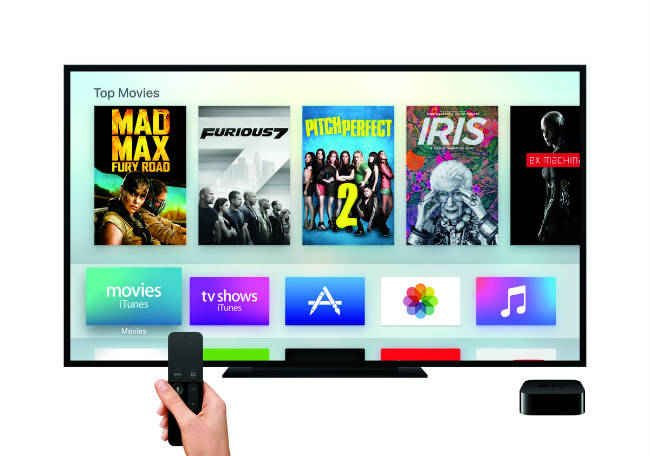With hardware saturation, let the software wars begin!
Be it the Apple A9 or Qualcomm's Snapdragon 820, or even camera sensors etc, hardware is no longer the difference maker in consumer tech,
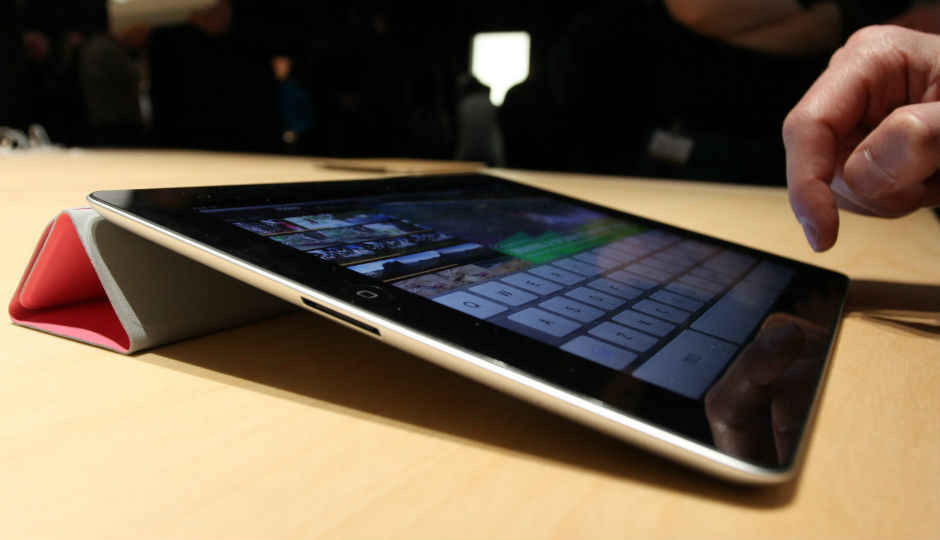
Look down at your phone? Do you see those icons that look different from what they do on your friend's phone? Good. Now go and find out the list of sensors on the fitness wearable you really like and compare it to your second favourite. What do you see? They're the same right? Except in the app that comes with them. That's exactly what we're talking about here.
 Survey
SurveyQualcomm says its Snapdragon 820 is X% more powerful than older generations, as does Apple about its A9. The fact though is that hardware is redundant today. Phones in a particular price bracket are essentially the same, seperated only by their software gimmicks. There's much more to this though. In the world of incremental innovation, we stand at a point where the race for the best software technology is more important than ever.
From UI to OS
UIs have for the longest time been seen as measures taken by companies to differentiate their product from others, but it's not how good the MiUI looks that gives Xiaomi the edge. It's actually the processes in the background. There's a reason things like MiUI, Nubia etc. are referred to as OSs. It's because they're no longer cosmetic changes. They actually manage resources differently or add something else in the background. Here's how.
Camera
Ever wondered why the Moto Turbo, despite its 21MP sensor has a sub-par camera? It's because Google's stock camera app isn't good. It's simple and easy to use, but companies like Sony, Samsung, Xiaomi, LG, ZTE etc. have put in tons of research to do what is needed on the software side. The best example of this in fact is Apple, which for a long time remained unparallaled in camera performance, despite a measly 8MP sensor. It is also one of the reasons why megapixel count doesn't determine camera quality.
Memory Management
Try using a Xiaomi phone running MiUI alongside a Motorola phone with its stock Android interface. You'll see that with no apps running in the background both phones seem to consume the same amount of RAM. But how can that be?
It's because Xiaomi replaces instead of layering. It takes the open source Android code and replaces various parts of that code, while keeping the base the same. As a result, MiUI doesn't consume extra memory. The stock Android camera app is not present on a Xiaomi phone and has been replaced by the Mi Camera app. The same is done by most other companies.
That should still not account for all the extra features Xiaomi provides though. And that is where MiUI's memory management comes in. It's what differentiates one UI from the other and allows some phones to operate lag free, while others stumble. Of course, the hardware plays a role, but with the same hardware on two phones, the software is the difference maker.
It's an area where iOS is the undisputed king, and resource management is what let iPhones run at par with or better than any other phone on a mere 1GB of RAM. Of course Apple's vertically integrated system plays a heck of a role here, but let's face it, the company hasn't quite innovated in hardware since the A7 processor.
You might also want to consider Samsung here. Love it or hate it, Touchwiz is much better since the Galaxy Note 4, and thats thanks in no small part to what Samsung has done on the background.
These were just two examples though. There are many other ways that OEMs are trying to make software the real difference maker.
SoC is what SoC does
It's not just the OEMs though. Take the Qualcomm vs MediaTek battle for example. With its Helio series, MediaTek has a very able SoC to take on Qualcomm's Snapdragons. At the very high end, they may even be evenly matched, which brings us to things like Corepilot. MediaTek's Corepilot algorithm is what can make its upcoming Helio X20 a winner.
Qualcomm also has talked about myriad software enhancements, the newest amongst which is its Smart Protect algorithm. The race is on, and while Qualcomm has the lead, MediaTek is ready to pounce.
To wearables then
The race to get the best software is perhaps the most important in this arena. When it comes to wearables, especially fitness gadgets, your sensors are exactly the same. This means that the companion app is what makes all the difference. Consider the Fitbit against a Jawbone foe example. It's Jawbone's app that makes me like it more, while they both have exactly the same sensors.
Again, the mere look and feel isn't the sole differentiator here. It's the algorithm thay determines when you're sleeping, when you're standing and so on. The wearables arena is perhaps the most relevant example for hardware saturation and the importance of software.
Let the software games begin
The war is on not just amongst OEMs, but everyone involved in the consumer tech business. Things like Apple TV and Android TV are really dependent on shat developers choose to do with them. As revolutionary as Apple makes its TV box look, it's overall interfact is almost a replica of Google's Android TV. Having seen Android TV up front on the Sony W950C Android TV, we can expect the same from Apple at the very least.
There's actually only one company that's talking about this at the moment, and that's Motorola. The company repeatedly says its devices are about the experience and not specs. Sadly, stock Android is no longer 'the experience' that gives the best. Companies like Cyanogen have done well, as have OEMs and their UIs. Which is the reason why Motorola's argument is weak, but it's right in insinuating that software is the immediate future. If you want to make the best phone today you need the best software, period.
